Superstar designer John Pawson explains the new rules for minimalism which are perfect for family life
John Pawson on how to fold minimalism into your decor and how and why it's ideal for even if you have kids
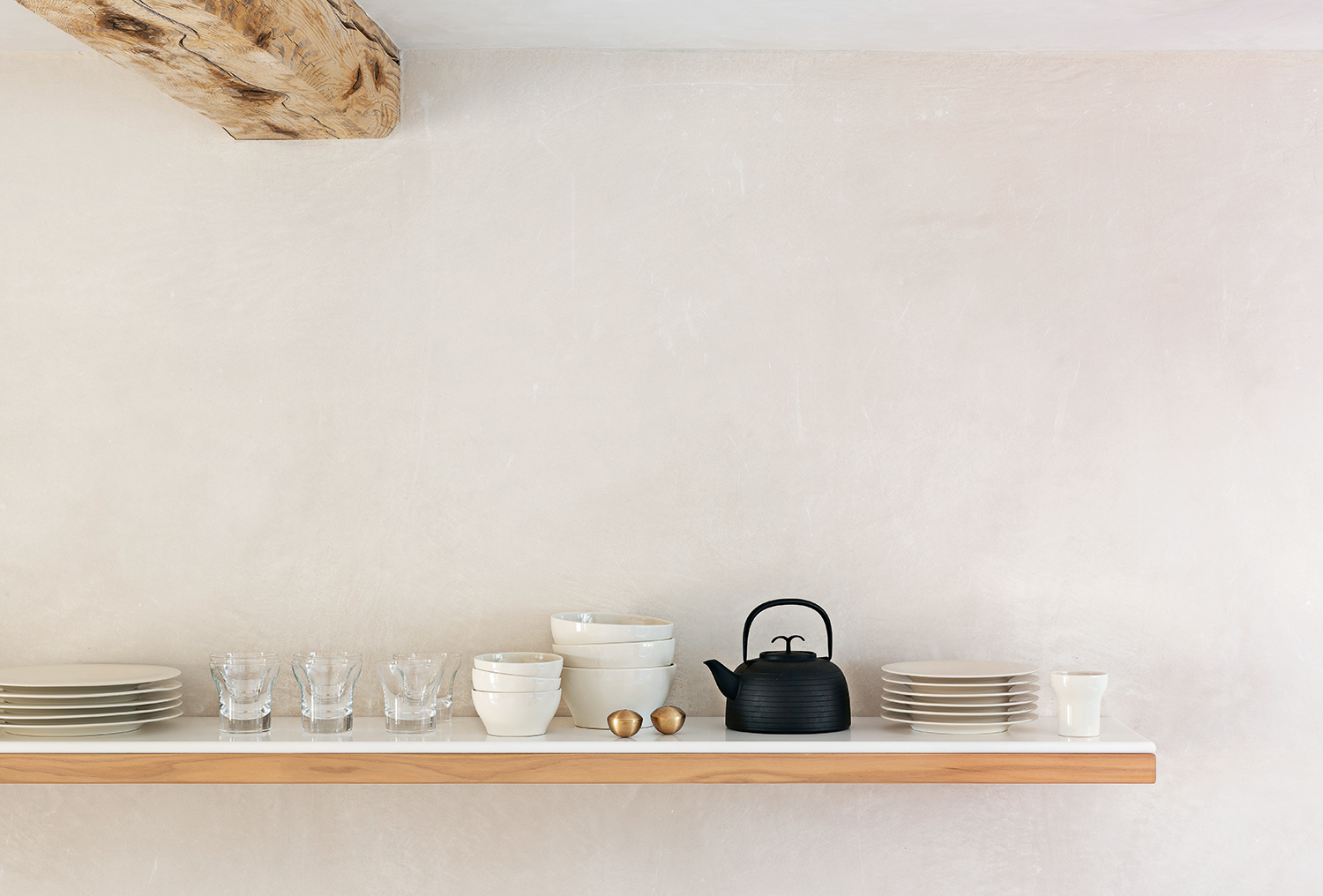
The first time I met John Pawson I was delighted to discover that his home was as minimalist as you'd hope. Walking through the doors of his West London home I was met with nothing but white walls, wood floors, carefully and sparingly curated pieces of furniture. Texture. Warmth. A feeling of invitation.
That's the clever thing about minimalist interior design — when done well, specifically when done by John Pawson, it's nowhere near cool. It's not stark or startling, it's soothing, even caressing.
John is the mastermind behind a raft of architecture trends and interiors, from architecturally impressive homes all over the world to The Jaffa, a wonderful Hotel in Tel Aviv. He is known to be more about a project's angles and natural light than the things inside it. His first cookbook, Home Farm Cooking (Phaidon), written with his wife Catherine, is out now. And I was delighted to speak to him at home and find out exactly how to do minimalism now.
John Pawson in conversation with Livingetc editor Pip Rich
Our house was the most popular for other kids who loved coming over to play
John Pawson
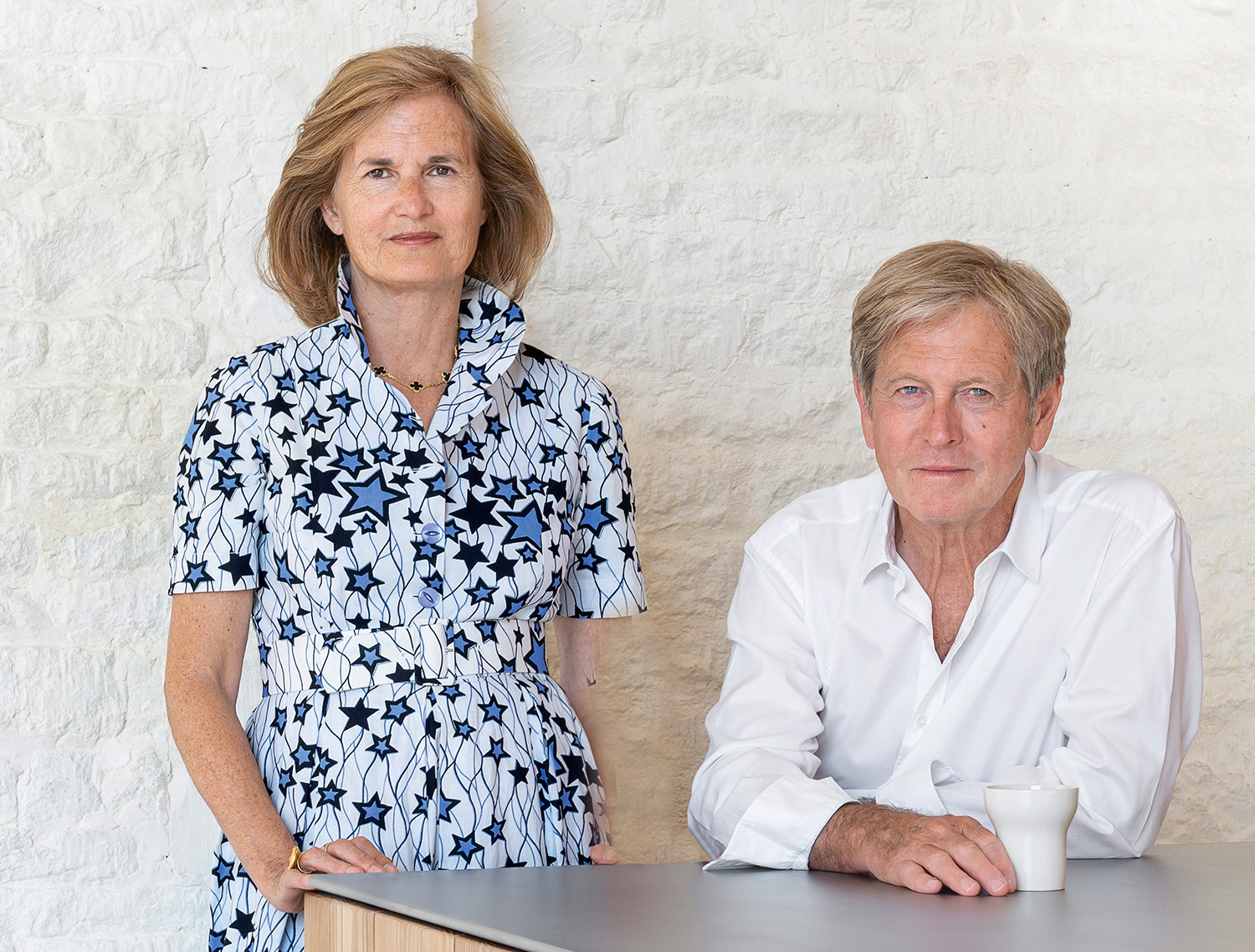
Catherine Pawson and John Pawson, husband and wife and co-authors of Home Farm Cooking (Phaidon).
Pip Rich: The last time I came to your home I was delighted to see it lived up to the minimalist ideal - there was literally no clutter anywhere. Where did this love of minimalism come from?
John Pawson: No idea really! The idea of travelling light has always been a relief. My mum was modest and didn’t like too much stuff, while my dad loved the best of things.
PR: I was going to say that I think of you less as a minimalist, but as - and I’ve made this phrase up - a celebrationist, who doesn’t want no things at all, but really celebrates the very best designs. Perhaps a blend of your parents.
JP: I do believe that you don’t need more than is essential, and that is hard to define. We have a set of silver Georgian three-pronged forks that could be considered more than you actually need, but they’re very wonderful. It depends on how you live - you need a certain amount of things for life to go smoothly, though if you have more than you need it gets in the way. I have a shelf that I’d love to keep empty - in fact, the shelf on the cover of my cookbook [shown at the top of the page] - but I wasn’t allowed to get away with that. It’s always a receptacle for keys, dog bone toys...I clear it up once a week.
Be The First To Know
The Livingetc newsletters are your inside source for what’s shaping interiors now - and what’s next. Discover trend forecasts, smart style ideas, and curated shopping inspiration that brings design to life. Subscribe today and stay ahead of the curve.
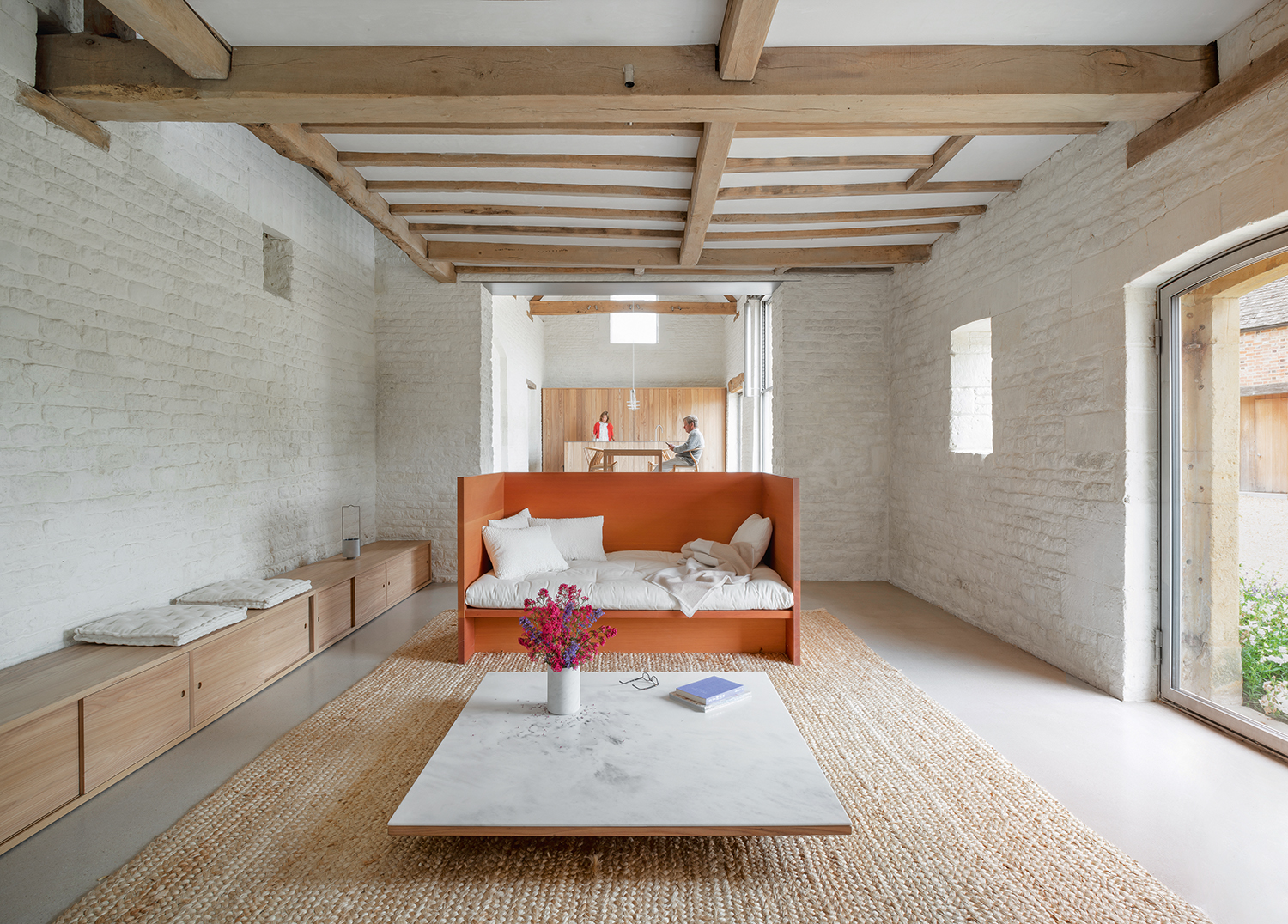
John Pawson's home in Oxfordshire, UK
PR: Has your approach to decor been easy while bringing up a family? Surely the children have naturally come with a lot of ephemera?
JP: I did up the London home in 1997, when the kids were young, and there was no art on the walls, we had stone floors, and they could just skateboard in and out. There were no objects for them to knock over, and if they smudged a wall it was fairly easy to clean - the house was really robust and suited family life well. Of course, the kids had things - Superman and Spiderman sheets and the like - but the house was the most popular in the neighborhood for other kids who loved coming over to play.
PR: Despite a general lack of things, there is always a real warmth to the houses you design. How do you achieve this?
JP: Just through the choice of plasters and paint. In the London house, I used enough coats of Quiet White by Papers and Paints to create a really deep white, while in our Oxfordshire home I’ve left the lime plaster unpainted, so it’s a slightly soft, pinky white. It has all the movement of the plasterer’s trowel, which would normally be too decorative for me.
PR: That’s hilarious! That something so subtle could still be too decorative. I do agree that Quiet White is the perfect white paint for interior walls, though. So how do you pick the pieces that end up in your home?
JP: The only person who deals with furniture is my wife, Catherine. The interesting thing for me is the space around the furniture, the air you can create in gaps.
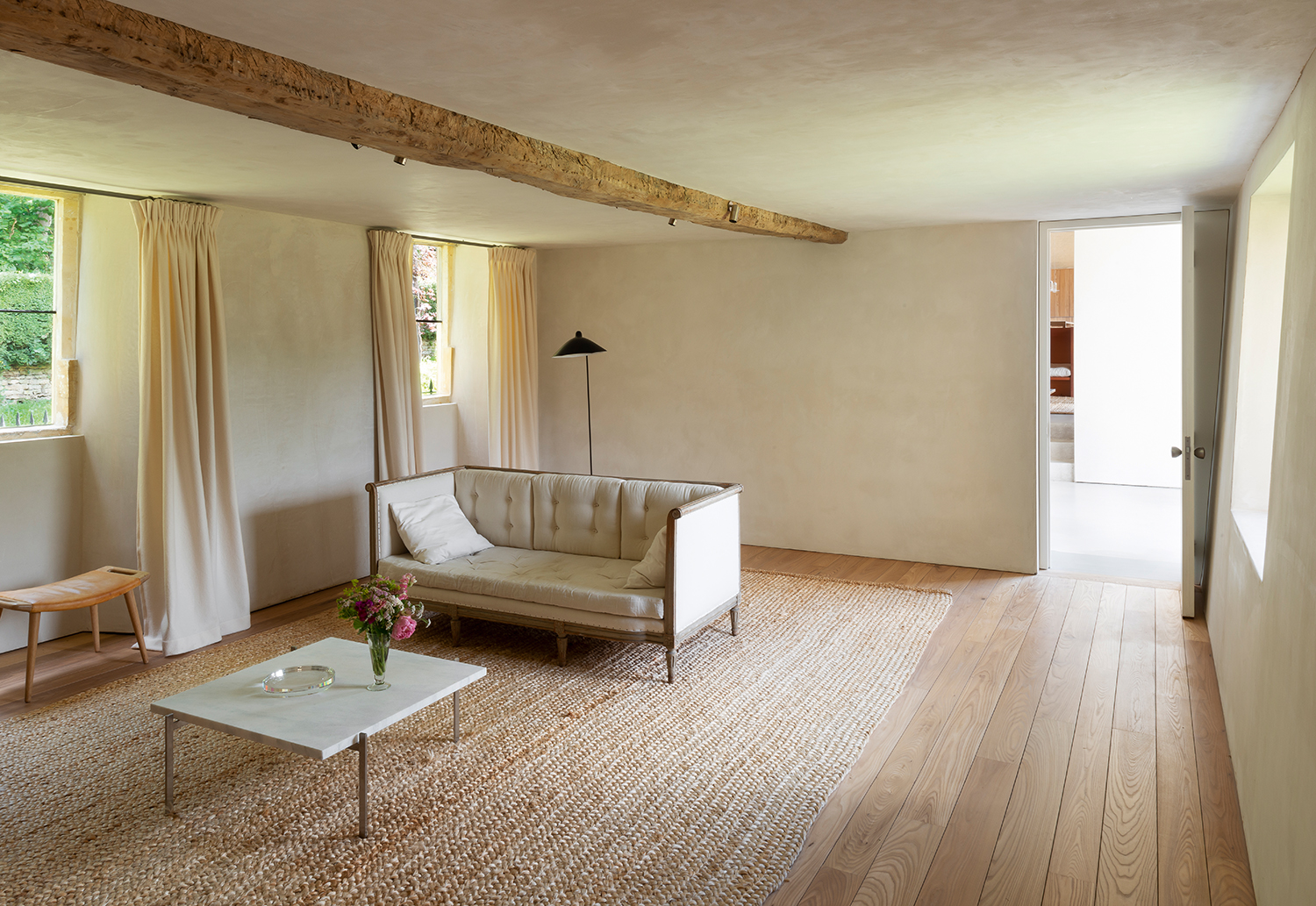
John Pawson's living room in his Oxfordshire home
PR: A lot of your house designs are very architecturally fascinating in their own right, so leaving them spartan feels natural as they are already beautiful. How would you advise someone to do what you do in a less characterful - more normal - space?
JP: White reflects light, so keep as many interior walls white as you can. By using many shades of white you get a gradation of white, which is always fascinating. I’m interested in art, but if you fill a wall with it then it won’t reflect the light anymore, and your eye stops at the object. If you can create new windows, or leave the windows you have uncovered, then the sense of light will be wonderful.
PR: Much as I love uncovered windows, aren’t they a little...un-cosy?
JP: Well, true. Perhaps a thin roller blind then, which controls the light but doesn’t block it out. In Oxfordshire, we've got curtains for the first time, undyed boiled wool from Lyon. They’re so undesigned, they’re the nearest thing to not being actual fabric.
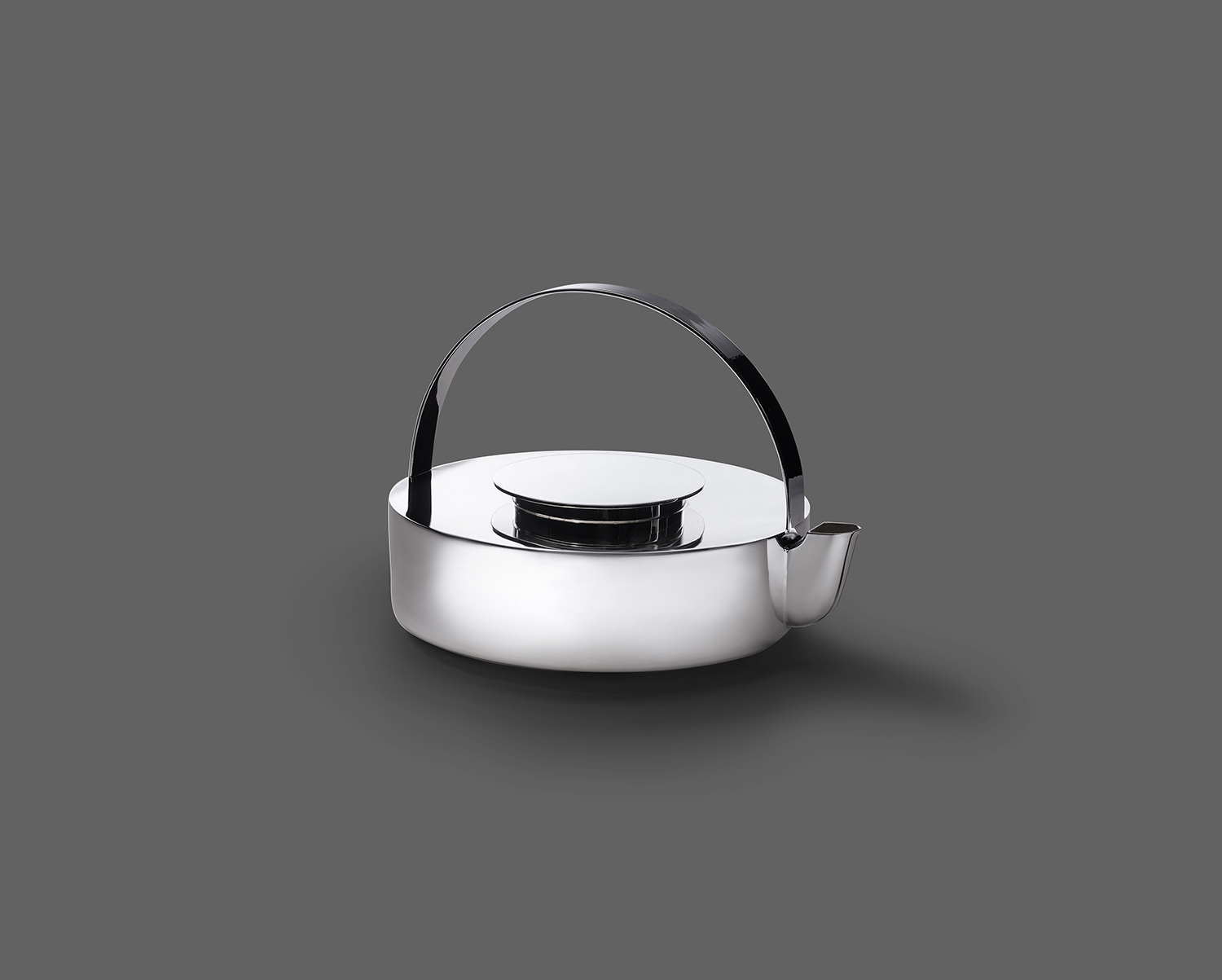
Sterling silver teapot designed by John Pawson for When Objects Work
PR: What are you designing next?
JP: Every 10 years I try and design a chair, but how do you do it when Jasper Morrison has already done such a beautiful collection, when the Wishbone chair is already the perfect example of something both light yet robust? It’s timeless - people look good in it, and if you stick it in an empty room, it changes the space, creating areas around it. However good the architecture, you can make rooms better with adding pieces into it. You just need to be careful not to fill it.
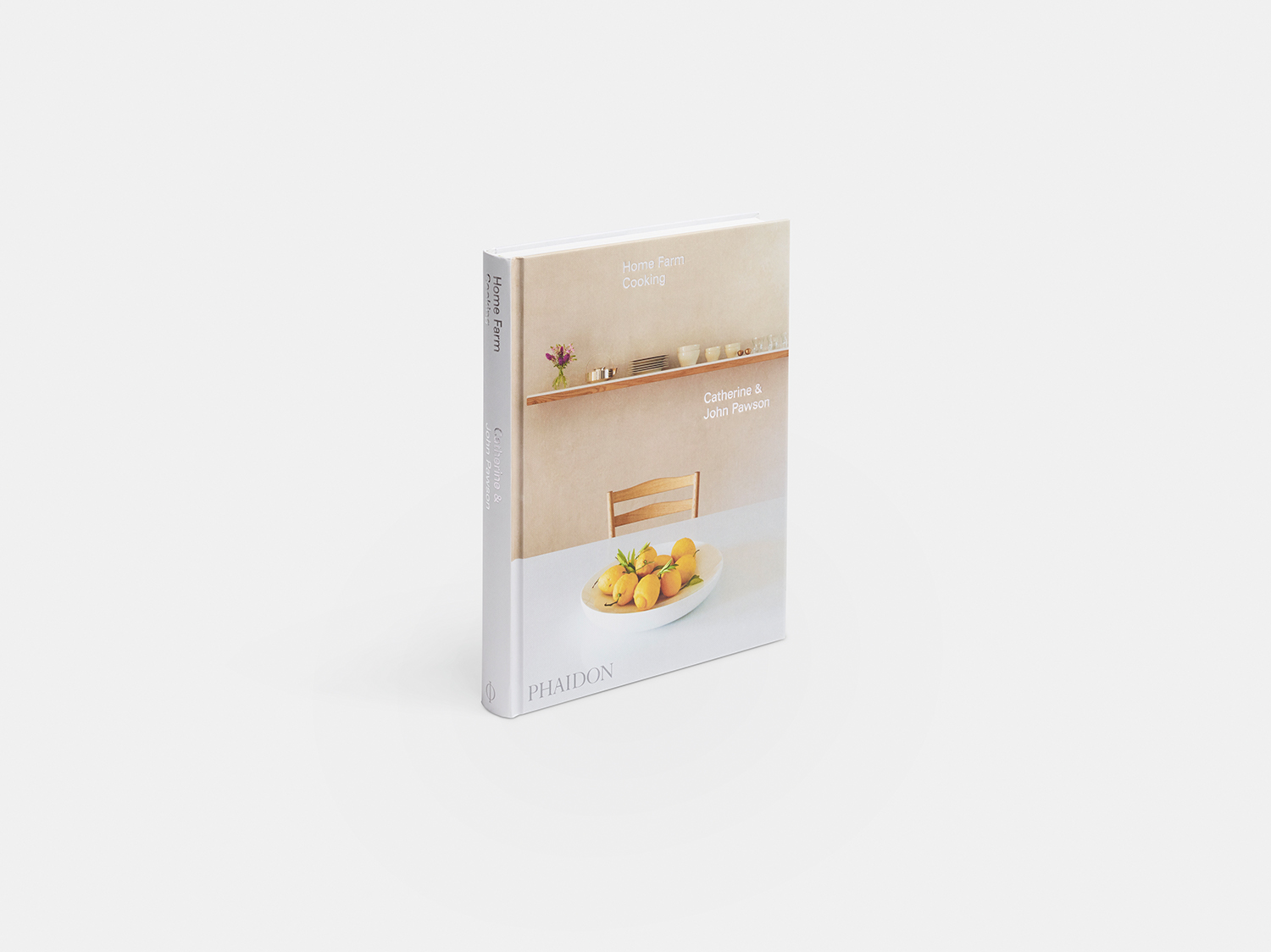
Order Home Farm Cooking by John and Catherine Pawson from Amazon
The editor of Livingetc, Pip Rich (formerly Pip McCormac) is a lifestyle journalist of almost 20 years experience working for some of the UK's biggest titles. As well as holding staff positions at Sunday Times Style, Red and Grazia he has written for the Guardian, The Telegraph, The Times and ES Magazine. The host of Livingetc's podcast Home Truths, Pip has also published three books - his most recent, A New Leaf, was released in December 2021 and is about the homes of architects who have filled their spaces with houseplants. He has recently moved out of London - and a home that ELLE Decoration called one of the ten best small spaces in the world - to start a new renovation project in Somerset.
-
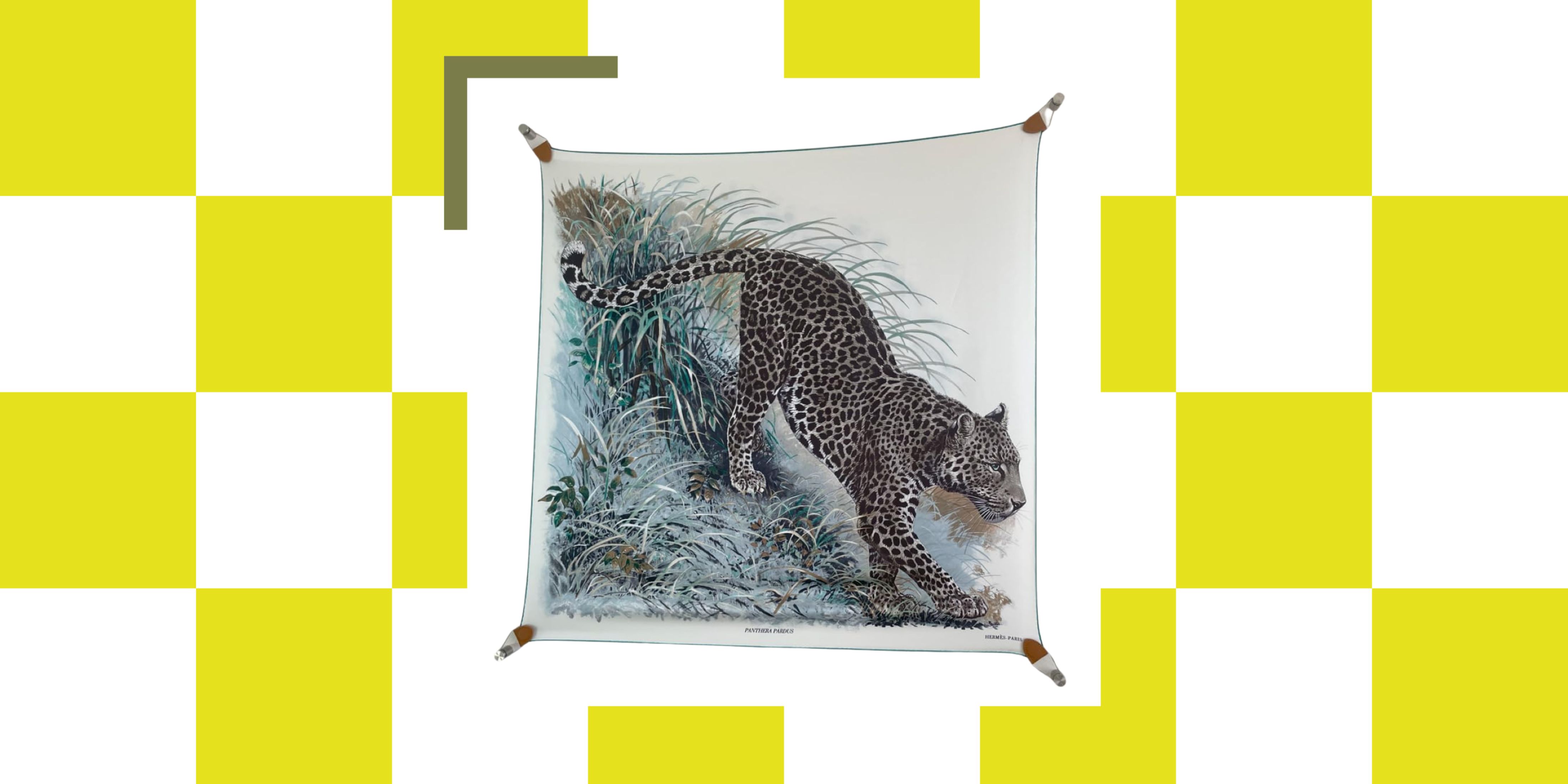 The Easiest Way to Turn Your Designer Scarf Into Wall Art — No Frame, No Fuss, No Regrets
The Easiest Way to Turn Your Designer Scarf Into Wall Art — No Frame, No Fuss, No RegretsBecause silk this pretty should never stay in a drawer
By Julia Demer Published
-
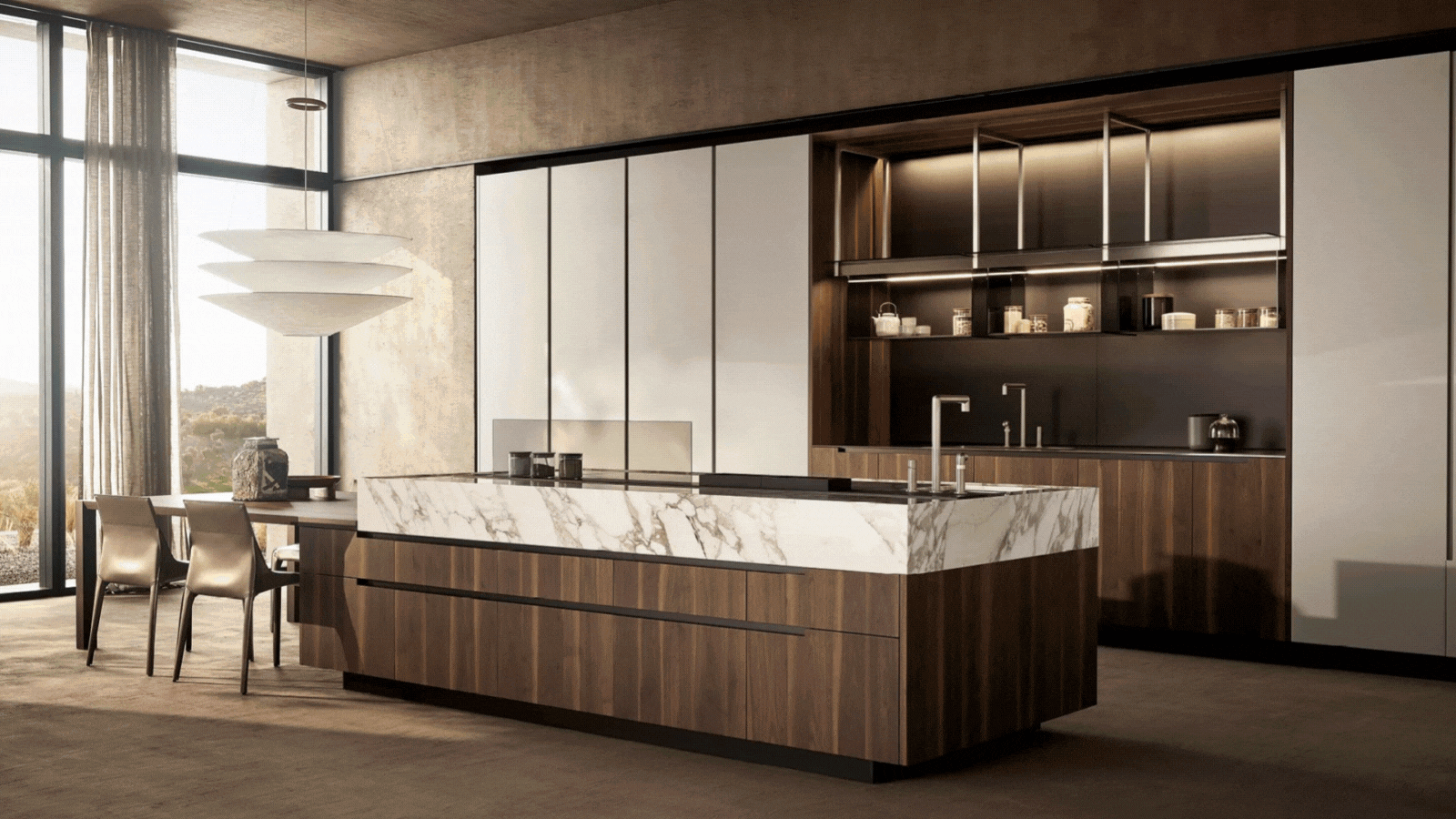 Italian Kitchen Trends — 5 Emerging Ideas From the Chicest Italian Designers That I Predict Will Go Global in 2025
Italian Kitchen Trends — 5 Emerging Ideas From the Chicest Italian Designers That I Predict Will Go Global in 2025Fresh from Milan Design Week, these are the exciting finishes, styles, and innovative materials I can't wait to see in more kitchens this year
By Faiza Saqib Published